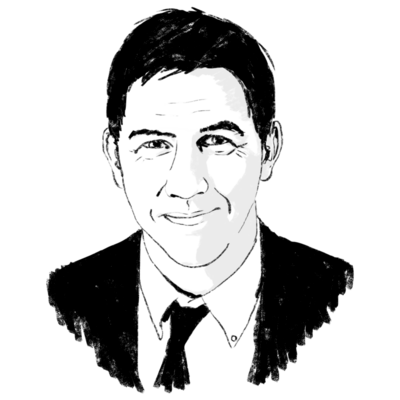'Apocalyptic' contagion and invasive species
The strangest aspect of the coming film “Contagion” – which depicts a fictional pandemic caused by a mutating flu virus – may be how untrendy it is. Such disease thrillers still try to scare people into believing they must isolate themselves from each other or from the natural world. They seem to scream, “Life was just fine in our Edens before alien species showed up! We must all go back, go back to a pristine place!”
(Spoiler alert about the film’s real aim, as stated by one producer: “You can sell a lot of tickets if you find a fresh way to scare people.”)
Of course, we should all be alert to contagious diseases. But overreacting – with fear fed by Hollywood and other media – can also be harmful. And it’s time to recognize recent calls by many intellectuals for humans to find new ways to deal with “invasive” species – from viruses to Asian carp to kudzu to tree-eating beetles.
Two new books challenge the notion that every movement of a species into a new habitat is evil and must be rolled back.
One is “Rambunctious Garden: Saving Nature in a Post-Wild World,” by Emma Marris. She argues that we must “give up romantic notions of a stable Eden” and make complex choices about managing nature, often with conflicting goals. “We’ve forever altered the Earth, and so now we cannot abandon it to a random fate,” writes Ms. Marris.
She also states: “Aesthetic and spiritual values are not limited to native or pristine-seeming places.” Niagara Falls, for example, can be turned off with a switch at an upriver hydroelectric plant and yet visitors still enjoy its “natural” majesty.
Her book echoes a recent plea from 19 ecologists in the magazine Nature not to judge species simply on their origins and instead manage “exotic” species for their practical impact. Cries of an “apocalyptic threat to biodiversity” by “nonnative” species don’t always match the facts.
The second book is “1493: Uncovering the New World Columbus Created,” by Charles C. Mann. It looks at five centuries of people transferring species across the globe, such as the transfer of Brazilian rubber trees to Asia. He proposes a new name to describe this era of a globalized ecology: Homogenocene (or, the age of homogeneity). He claims this bioblending, either good or bad, is the most significant change on the planet since the extinction of the dinosaurs.
The book’s basic premise is this: Those humans that are adaptable and who explore new frontiers have long won out over those who want tradition and stability. And it is now best that we all adapt to change and not simply oppose it.
Is Hollywood listening?



